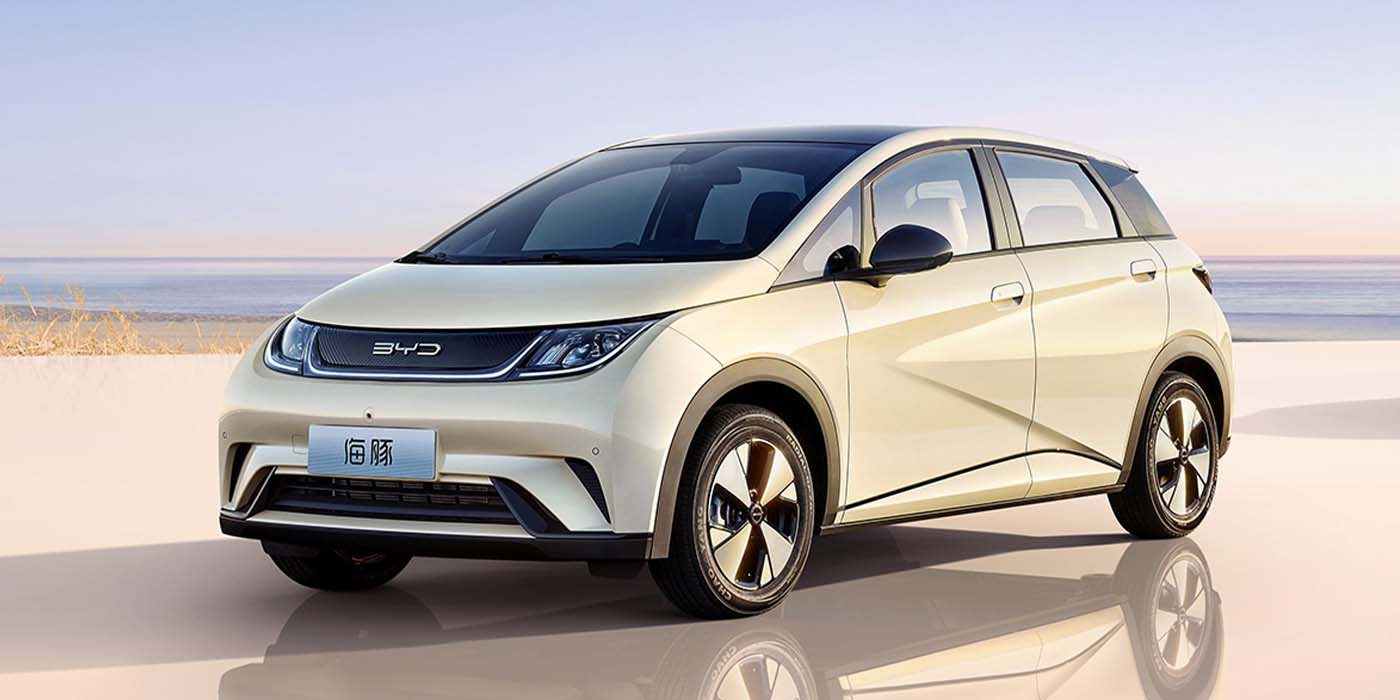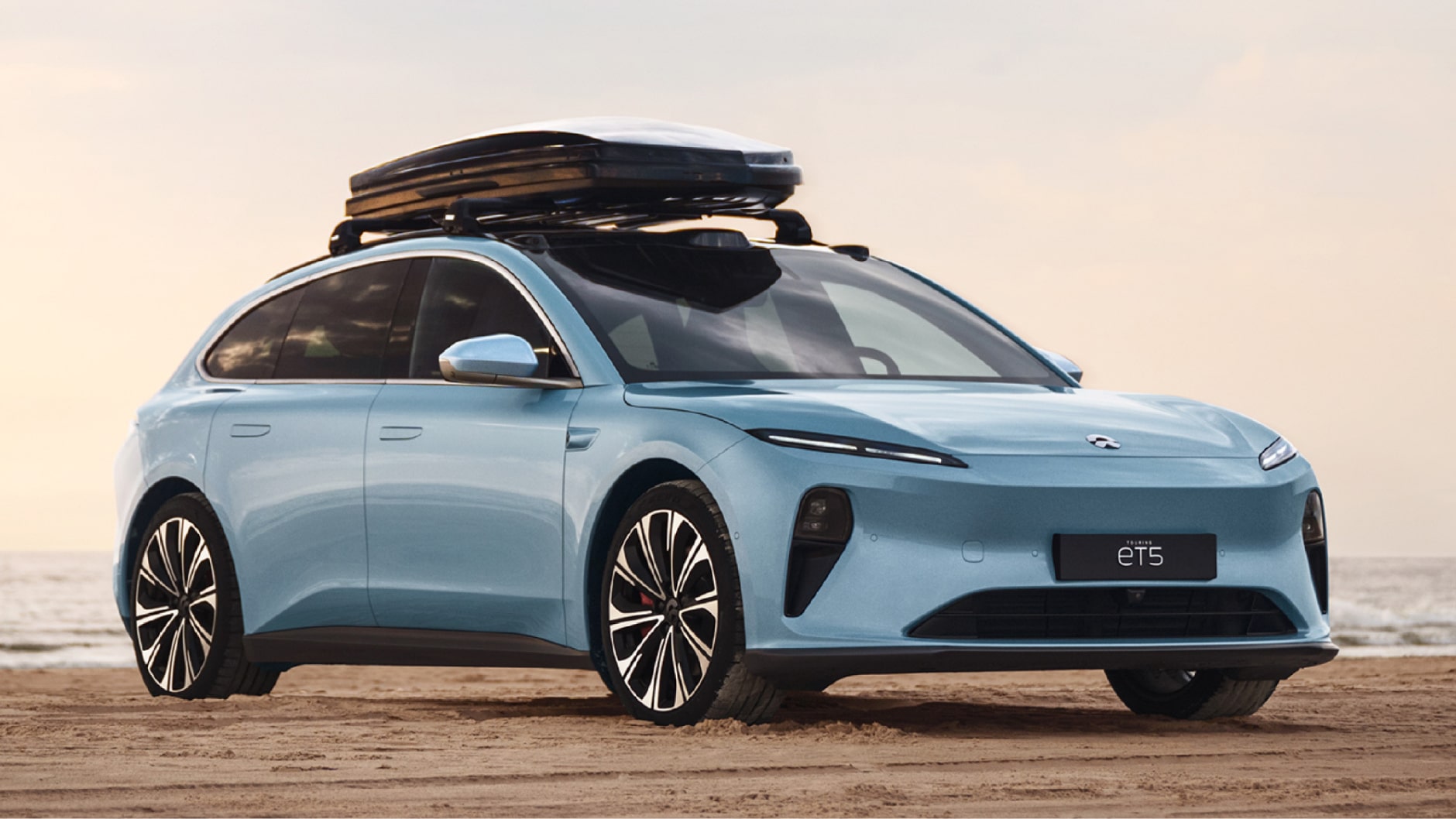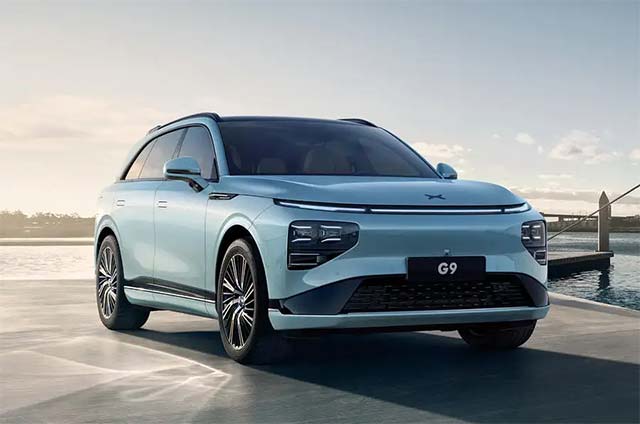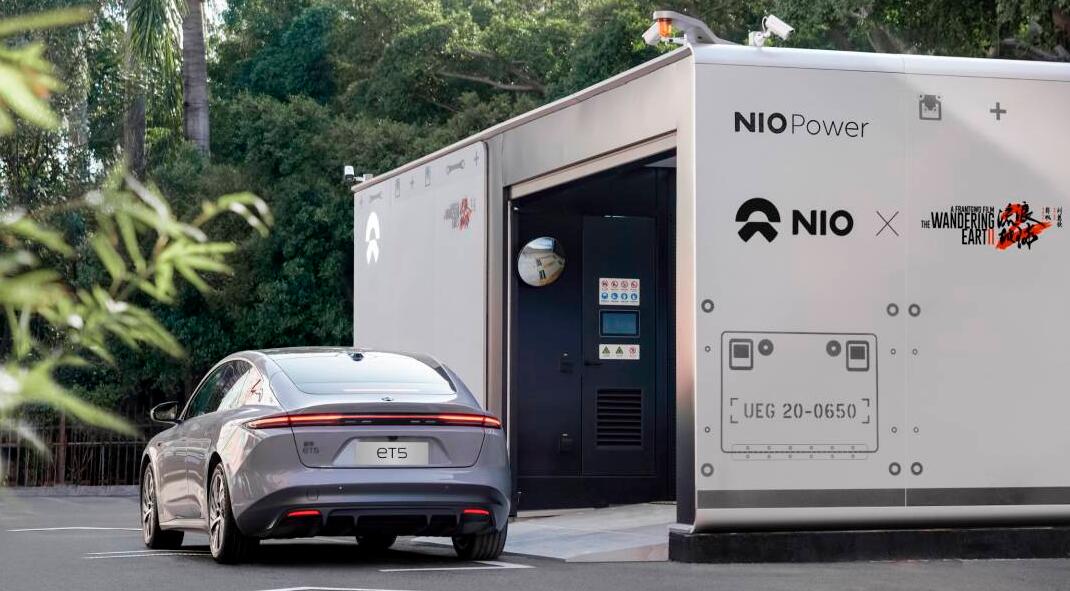Chinese automaker BYD has clinched the coveted fourth spot in global auto sales, displacing Ford, according to a report by market research firm TrendForce. With sales figures from August revealing a shifting landscape, here’s a closer look at the key highlights.
In August, the worldwide vehicle sales tally reached 5.55 million units across 37 markets, marking a modest 1 percent increase from the previous month, as per TrendForce’s findings. The top three positions in the rankings remained unchanged, with Toyota, Volkswagen, and Honda maintaining their strong positions.
However, it was the rise of BYD that garnered significant attention. The Chinese automaker’s ascent to fourth place came on the heels of a 5 percent increase in August sales compared to the previous month. What sets BYD apart is its strategic focus on new energy vehicles (NEVs), a move that shielded it from the brunt of sluggish domestic demand in China. In fact, BYD’s market share was a mere 0.1 percent away from Honda, which occupied the third spot.
While Toyota experienced a 2.6 percent dip in sales for the month, Honda managed to eke out a slight growth of 0.8 percent, albeit within a Japanese market that typically slows down during August.
To sustain and potentially improve its standing in the global market, TrendForce highlights the importance of BYD’s expansion into overseas markets, particularly in Southeast Asia.
Meanwhile, Ford found itself slipping to the sixth position as its sales in Europe and the United States registered a 6.7 percent decline month-on-month. The ongoing United Auto Workers (UAW) strike in the United States adds another layer of uncertainty for the American automaker.
In light of these developments, automakers are bracing themselves for the fourth quarter. While the introduction of autumn models is expected to provide a boost to new car sales, the industry remains cautious due to numerous variables, including labor strikes and weather anomalies. China’s efforts to stimulate domestic demand through policies face challenges as unusual weather patterns persist, impacting local sales.
As the year-end approaches, automakers are focused on maintaining smooth production, fulfilling orders, and implementing strategies to bolster year-end sales. This proactive approach aims to mitigate the potential impact of economic changes and reduced order visibility, as outlined in TrendForce’s report.







